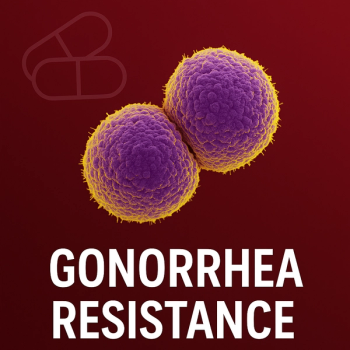
COVID-19 Recognized as Thromboembolic Disease Affecting Multiple Organs
New expert recommendations follow from evidence showing the virus is a thrombo-inflammatory process that can affect multiple organs in addition to the lungs.
Edwin van Beek, MD, PhD
Experts have issued a new report with guidance on imaging, workup, and treatment of thrombosis in
"Imaging and pathological investigations confirmed the COVID-19 syndrome is a thrombo-inflammatory process that initially affects lung perfusion, but consecutively affects all organs of the body," Edwin van Beek, MD, PhD, director at Edinburgh Imaging, Queens Medical Research Institute at the University of Edinburgh, UK, said in a
The
"From the analysis of all available current medical, laboratory and imaging data on COVID-19, it became clear that symptoms and diagnostic tests could not be explained by impaired pulmonary ventilation alone," van Beek said.
In the same issue of Radiology, a pair of research letters from France described detecting pulmonary embolism (PE) in patients with COVID-19 with CT angiography. In one
The
Evaluating the available case and case series reports, and retrospective cohort studies on coagulation and thrombosis in COVID-19, van Beek and colleagues suggested possible underlying mechanisms, and recommend specific diagnostic and preventive actions.
They noted that high plasma levels of pro-inflammatory cytokines have been observed in the "cytokine storm" in patients with severe COVID-19. Although many of these cytokines trigger coagulation, van Beek pointed to one case series that marked a substantial lag of increased IL-6--16 days after admission—behind the 10-fold elevation of D-dimer levels detected on admission.
"This observation suggests that the very high D-dimer levels observed in COVID-19 patients are not only secondary to systemic inflammation, but also reflect true thrombotic disease, possibly induced by cellular activation that is triggered by the virus," van Beek and colleagues wrote.
Their report for the National Institute for Public Health of the Netherlands includes the following recommendations:
- Prophylactic administration of low-molecular-weight heparin should be initiated, and routine D-dimer testing obtained on admission and serially during hospital stay in all hospitalized patients suspected to have COVID-19, irrespective of risk scores (eg, Padua score).
- A baseline, non-contrast chest CT should be considered for all hospitalized patients suspected to have COVID-19
- CT pulmonary angiography should be considered if there is clinical suspicion for PE based on such factors as hemoptysis, unexplained tachycardia, signs/symptoms of DVT, acute deterioration upon moving patient, and with elevated D-dimer level.
- D-dimer values should aide prognostic stratification, with additional imaging as indicated.
- If PE is confirmed, therapeutic anticoagulation is indicated.
van Beek and colleagues warned that "caution is warranted" in patients with a markedly increased D-dimer on admission (eg, 2,000-4,000 μg/L).
"D-dimer testing should be repeated within 24-48 hours to detect further increases, in which case imaging for DVT or PE should be considered," they recommended.
Newsletter
Stay ahead of emerging infectious disease threats with expert insights and breaking research. Subscribe now to get updates delivered straight to your inbox.


















































































































































































































































































